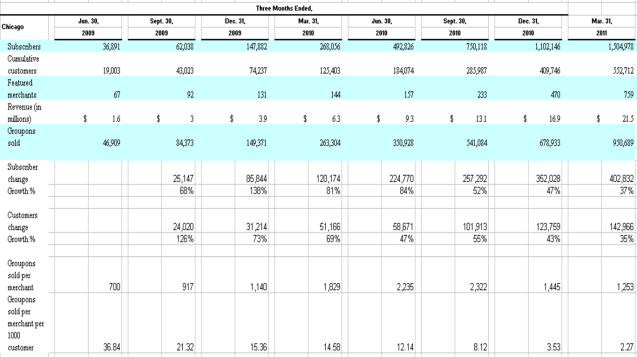
In ancient history, the Fertile Crescent extended from lower Egypt, through modern-day Israel and into Assyria and Mesopotamia. Thanks to the waterways, population density, and diversity of peoples, it was characterized by an unparalleled flow of goods and services and intellectual foment. The region's nickname, "The Cradle of Civilization" is well-deserved.
Today, Harvard University is announcing that the school is finally progressing with its stalled expansion in Allston to create 700,000 square feet of new lab space and a 36-acre enterprise research campus with a dozen building to house start-ups, biotechs and VCs.
If this project can be completed as planned (something Larry Summers tried to complete during his term as president, but it was stalled due to the economic crisis), it will form a modern-day, intellectual fertile crescent between Harvard and MIT's Kendall Square, linking academia, industry and capital along the Charles River.
To be clear, this is not just a Boston phenomenon. The scientific progress being made in Kendall Square and throughout the region in the areas of human genomics, bioengineering and personalized medicine at the Whitehead Institute, the Broad Institute and the Wyss Institute are having international impact. If the Harvard Stem Cell Institute were to move to the new campus and sit alongside the newly created Harvard Division of Engineering and Applied Sciences, nestled next to Harvard Business School and the newly created Innovation Lab, the amount of collaboration and innovation would simply explode. Notably, each of the institutions mentioned above are 5-10 years old and thus are still extremely early in their progress in bringing to market all the implications of the intersection of the human genome project, big data, cloud computing, Moore's Law and advancements in nanotechnology.
There is a big idea nestled in here. Let's hope local, state and national leaders recognize the opportunity…and seize it.




